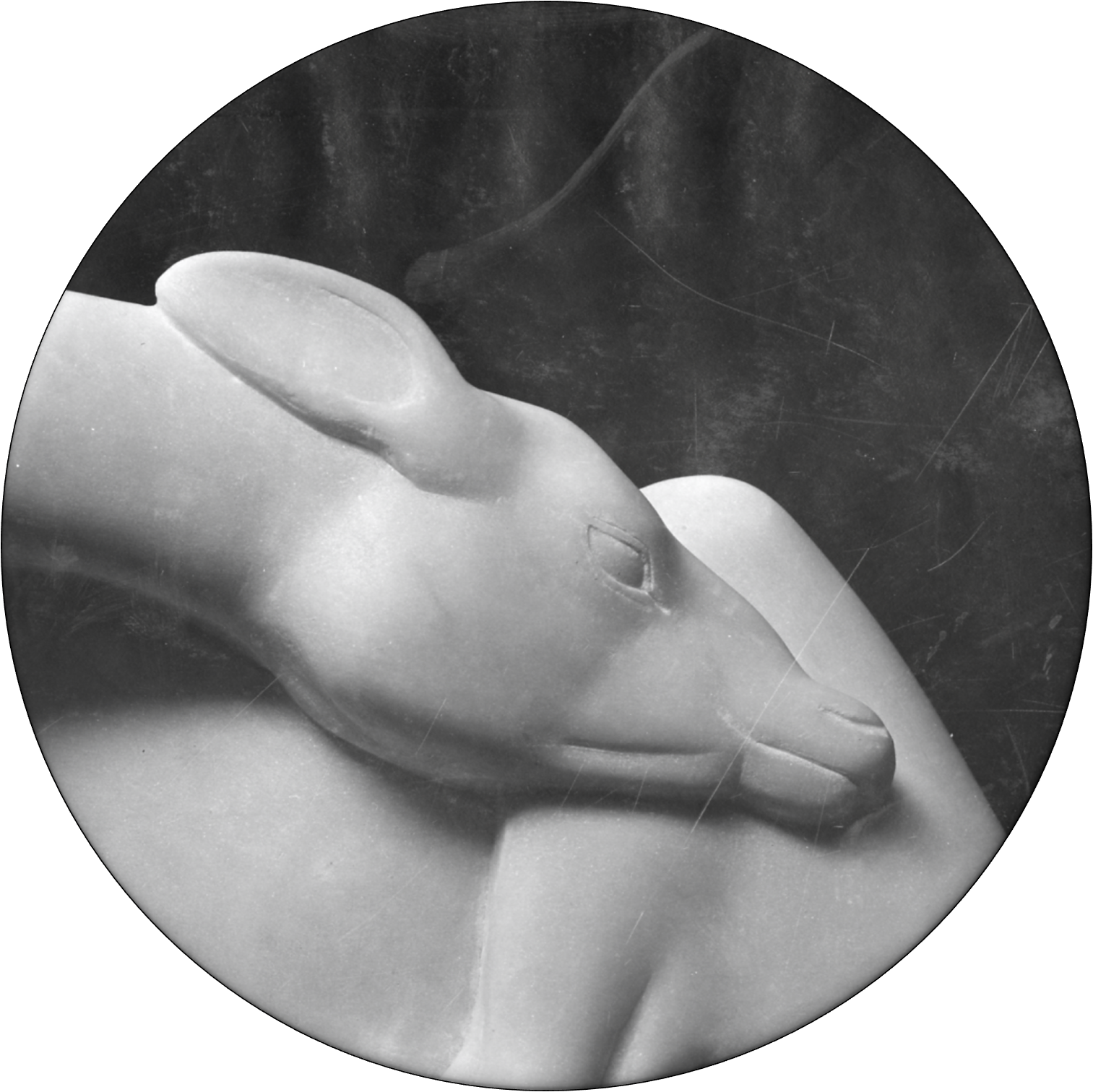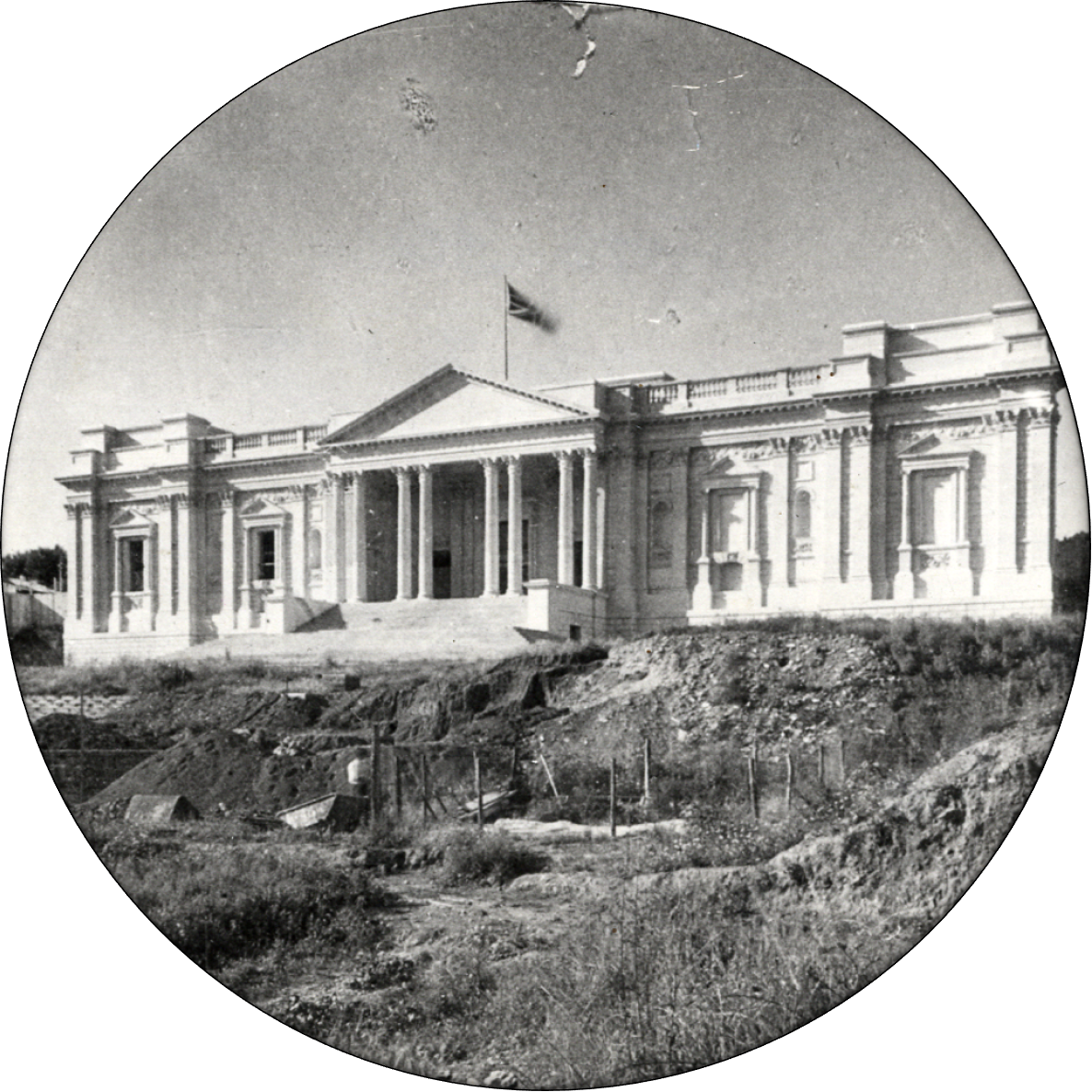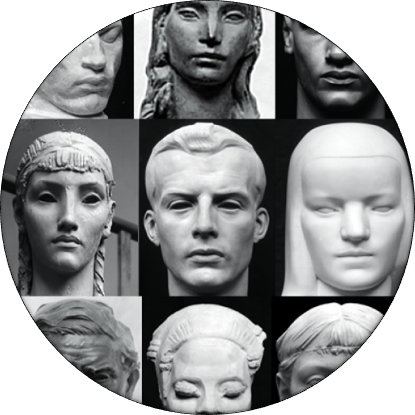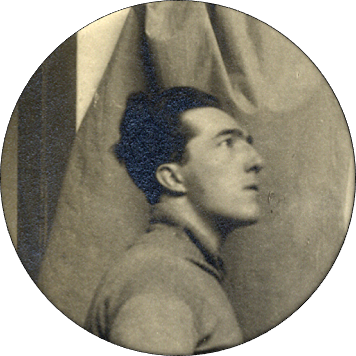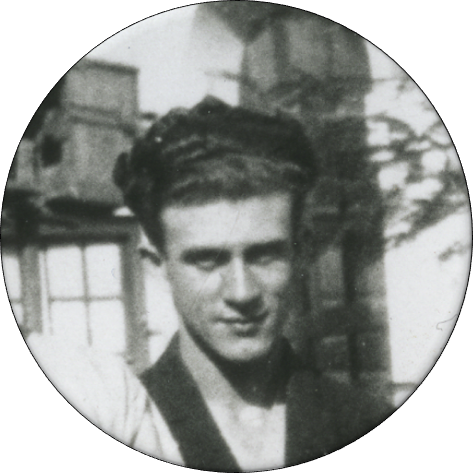
John Rattenbury Skeaping (1901-1980) was born in Woodford, Essex. He studied at Goldsmiths, the Central School of Arts and Crafts, the Royal Academy schools, and won the Rome Prize in 1924. Skeaping was resident at the BSR until 1926. Whilst in Italy he spent time with Barbara Hepworth (1903-1975), who had been runner up to the prize in 1924 and was in Italy on a traveling scholarship. They married in Florence in May 1925 and lived at the BSR until 1926 when Skeaping returned to Britain due to ill health.
In Rome, Skeaping developed his method of direct carving, joining Hepworth to study with Italian master marble carver Giovanni Ardini. The Rome Prize stipulated traditional forms and methods, but whilst in Italy, Skeaping, along with Hepworth, began to experiment with new ideas and form a distinctive aesthetic.
We can find at the BSR an early example of Skeaping’s fascination with animals which would go on to define his career. The BSR commissioned Skeaping to create reliefs for the fountain in the School’s garden courtyard (c.1925). Four travertine panels depict deer grazing, tripping and dozing under geometrically stylised leaves. Their slender hooves and curved forms are still a subtle but evocative and constant presence in the centre of life at the School. As Skeaping’s practice developed and became more confident in questioning traditional sculpture with modernist methods and forms, his sculptures began to emphasise the dynamism of animals. His later pieces are worked out of unusual materials, such as precious stone, to emphasise a creature’s bodily forms and the possibility of movement. Skeaping teased out a remarkable muscular potential: animals are poised to jump or swiftly move through space, or indeed sleep; their power emerges from the stillness of wood and stone.
After his time in Rome, Skeaping went on to become one of the most admired sculptors of the twentieth century in Britain, exhibiting alongside Hepworth and Henry Moore (1898-1986) as part of the London Group. Although Hepworth and Skeaping divorced in the early 1930s, the period of time spent together in Italy and back home in Britain was to have a lasting influence on both artists’ careers.

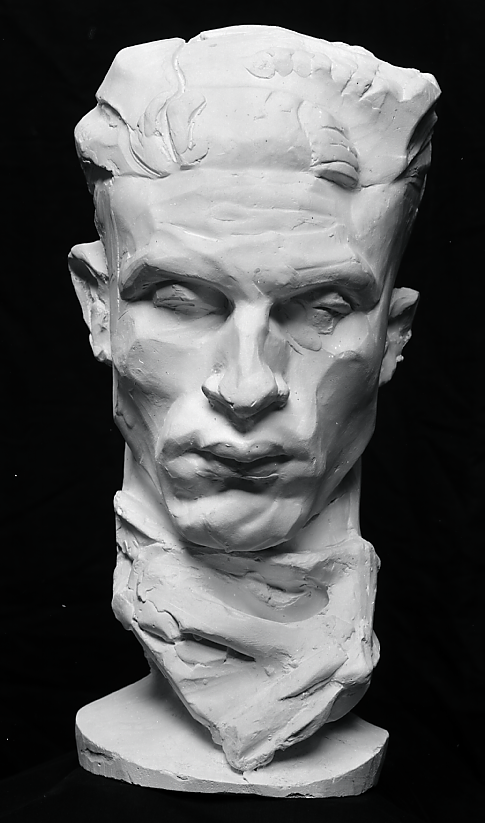

Skeaping’s archival material in the BSR collections includes correspondence detailing the development of his practice and his time in Italy as well as his later views on arts practice and education. There are also photographs of his works in progress and finished pieces.
Where would you like to go next? Who would you like to meet?
Sources and Further Reading
Mapping the Practice and Profession of Sculpture in Britain and Ireland, 1851 – 1951. https://sculpture.gla.ac.uk/ Henry Moore Institute.
Blackwood, J. (2011). Sculpture of John Skeaping (The British Sculptors and Sculpture Series). London: Lund Humphries.
Hepworth, B. (1946). ‘Approach to Sculpture’, The Studio, London, October 1946, vol. CXXXII, no. 643, p. 97.
Wallace-Hadrill, A. (Ed). (2001). The British School at Rome: One Hundred Years. Rome: BSR.
Wiseman, T.P. (1990). A Short History of the British School at Rome. Rome: BSR.
For a full bibliography and further reading, see here.
